For decades, Industrial Psychologists have argued that regardless of ability, one of the strongest indicators of professional success is conscientiousness – sticking to a task until it’s done and completing it according to expectations. Conscientiousness is especially admirable in an entrepreneurial context, when there is no manager holding you to account, and specifically in new business development, when there can be very little reward for quite substantial effort.
Think about it. In developing new business, conscientiousness, and particularly patience and perseverance, are non-negotiable elements of a productive approach to attracting new clients and building your business. Business development cannot be a once-off connection or isolated injection of insight. Rather, it is characterised by consistent and continued engagement. As much as the task of business development requires compelling communication skills, a flair for persuasion and negotiating, and a mindset oriented toward commercial thinking, it requires too the slow and steady conscientious act of try, try, and try again. Conscientiousness. Patience. Perseverance. GRIT.
However, patience and perseverance can be almost impossible to practice when you’re not receiving some pay-off along the way; it becomes increasingly demotivating and disillusioning to keep at it, keep at it, keep at it, when nothing materialises. And we’ve all been there! I’ve sat at my laptop wondering how many times I can email someone and leave voicemails on a phone that goes unanswered, before I move from enthusiastic entrepreneur to creeper. In my more desperate moments I’ve also wondered whether there is a formula for ROI on “cold call” emails; I’ve told myself that statistically, if I send out 100 emails, surely one will get a response? And I’ve tried everything: formal mails, informal mails, mails packed with info, mails that give the bare basics. Visuals, clicks, links, attachments, you name it, I’ve tried it. And I’ve waited, and waited, for a response, any response…! (The worst is when you have read receipts enabled and can see the person opening your mail, and opening it again, and again, and still not replying.)
It’s in those moments that as an entrepreneur you have to make a decision. Either you crush under the weight of an absent reply, or you be patient, you persevere. You practice that grit you were born with and you conscientiously move, line-by-line, down the list of contacts you’ve painstakingly compiled through endless networking events, conferences, business breakfasts and the like. We all aspire to be gritty, but it’s difficult. Here’s how I stay motivated to keep going, when all I really want to do is slam my laptop shut and give up on it all.
1. I remember why I’m doing it. Simon Sinek has made a compelling argument to “start with why”, and it’s the why that I draw on when I’m struggling to keep engaged. What drew me to this line of work? Why I am doing what I’m doing? What’s my objective? And why do I want to achieve my objective? Usually, just reminding myself of my answers to these questions is enough to make my hand hover away from the dramatic laptop-slam.
2. I set myself an attainable, and quantifiable, goal. For example, I don’t say to myself – “I need to contact the rest of my list”. Instead, I focus on the next five names. Focusing on a small and manageable task encourages me to invest time and effort in achieving it. I’m not faced with a mountain of work, with me right at the very bottom of that mountain. Rather, I’m facing a series of molehills, that are easily conquerable!
3. I reflect on the progress that I’ve already made. Sometimes knowing that I’ve been successful before at this task helps me know that I can be successful at it again. In business development, this means reflecting on the sales that I’ve made, but also the good meetings, the emails that got a reply, the tweet that got likes, the newsletter that was opened, the blog that got hits. So, not only are there only molehills in front of me, but behind me are a field of the little mounds that I’ve already defeated.
4. I look for the low-hanging fruit, and I also save the odd piece of fruit for a rainy day. I have clients and potential clients who are always responsive, often keen to meet, and constantly interested in my business. They’re my motivational secret weapon! You can’t tap the same opportunity over and over again, but you can revisit it on occasion when you need a bit of a boost. And that’s what I do. When I’m really low, and really struggling, I reach out to a contact who I’m confident will give me just that little bit of feedback to keep going.
5. I remember that business development is a slow game. I’ve had great clients that I’ve partnered with successfully, but to get them on board it took upwards of six months, multiple proposals, and many unanswered emails and phonecalls. I’ve sometimes lost all hope, and then been happily surprised when I get feedback saying, “Yes, we’re keen, sign us up!” When I’m in the business development doldrums, I remind myself that this game is a long-play, that I’m a soft-seller, and that even when things don’t look promising, business can still materialise.
Conscientiousness is often undervalued in a professional context, and it shouldn’t be. It’s what keeps the wheels turning when all the glamour has dulled. For an entrepreneur, conscientiousness is what separates a business that folds, from one that flourishes. Talent and capability are nothing in an entrepreneurial context without grit, tenacity and the consistent, daily-made commitment to getting things done. In business development, when the stakes seem impossible to measure, patience and perseverance is what will eventually hammer those stakes into the ground. So get gritty, hammer in those stakes, and fly your flag!

